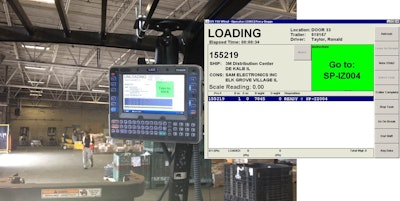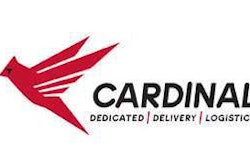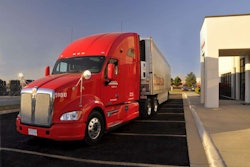Transportation management software (TMS) systems combine all of the separate functions of route planning and execution into one package. With this integration, carriers can optimize their operations from pickup through cross docking and delivery.
This integration is especially useful in a less-than-truckload environment where operations and routing are very dynamic. LTL carriers cannot simply create a spreadsheet of orders, appointment times and other details and upload it into routing software system to obtain optimal results, says Marc Mitchell, vice president of LTL technologies at McLeod Software.
LTL carriers are never certain of what freight they have to route until it physically appears in their system, or rather on their docks. This is where load optimization can take place. McLeod’s LoadMaster LTL system gives load planners and dock workers instant recommendations for loading freight in its Crossdock Manager, a visual planning system that communicates with mobile devices attached to forklifts.
“I’ve been in the LTL business for almost 20 years and I’ve never seen a visual like this for cross dock operations,” says Lane Pate, director of operations for Rayloc Merchandise Distribution Service (RMDS), a private fleet that transports automotive products through NAPA and other brand names.
Once it has been decided what shipments will be loaded onto a truck out for delivery, McLeod’s LoadMaster LTL has an internal trip optimization engine that sequences the stops on the route to reduce time and mileage.
 The Crossdock Manager feature in McLeod’s LoadMaster LTL gives instant recommendations for loading and unloading freight.
The Crossdock Manager feature in McLeod’s LoadMaster LTL gives instant recommendations for loading and unloading freight.The FACTS system by Carrier Logistics is used by asset and non-asset transportation companies with operations that require cross docking and multi-stop routing.
The route planning process in FACTS flows to execution on the cross dock or loading platform with a mobile application that dock workers use for loading freight onto trailers. With the mobile app, last-minute adjustments to plan — like a customer that needs an earlier delivery — can be immediately executed on the dock.
A supervisor could adjust the route sequence to speed up the delivery. Automatically, the mobile application updates the loading instructions to put the shipment at the end of the trailer to be the first stop on the route.
“It is hard to make adjustments to a plan that is committed to paper,” says Ben Wiesen, vice president of products and support. “When you have electronic execution, any last-minute adjustment is inserted into the workflow.”
The closed-loop process continues by sending the route plan sent to drivers. PCS Software has a new driver smart phone interface for less-than-truckload carriers that use its TMS. Drivers can get their manifest and trip instructions electronically and update the manifest as shipments are picked up or delivered at each stop, which in turn updates the TMS for dispatchers and load planners.
“These new handheld driver technologies are allowing small to medium sized LTL carriers run more like the largest LTL fleets,” says Sean VanDyck, vice president of sales for PCS Software.











